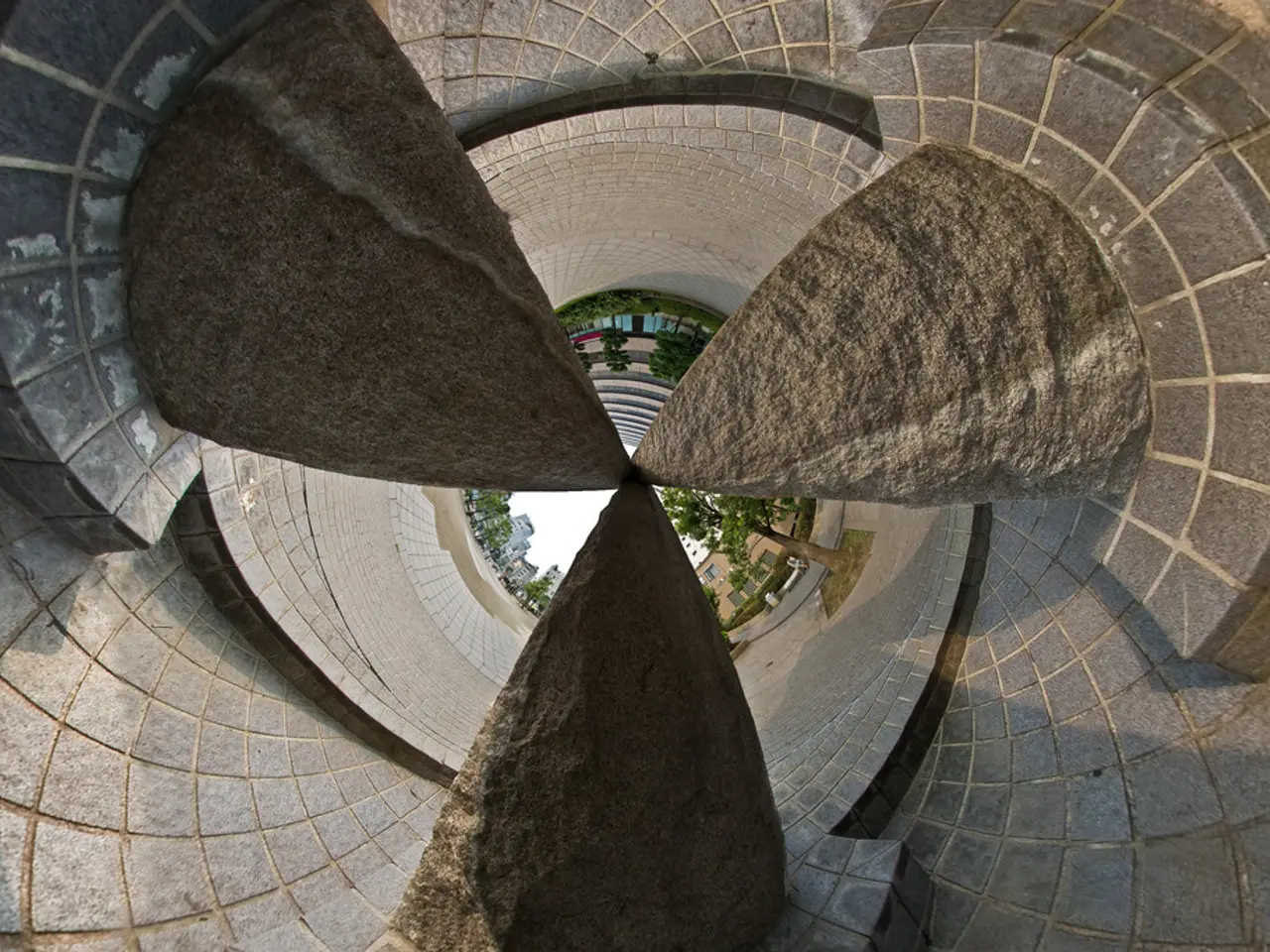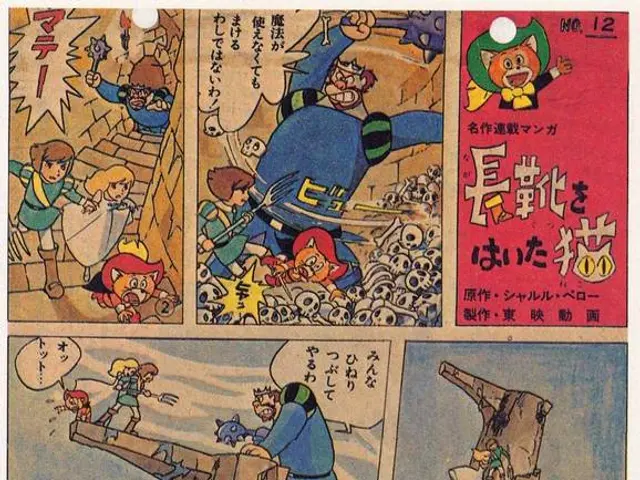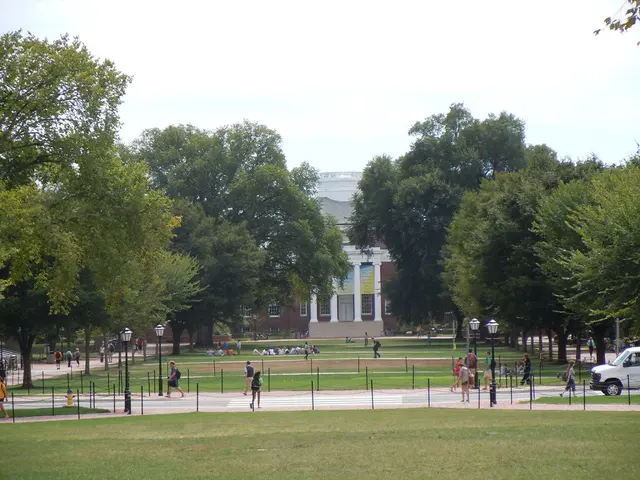Exploring the Religious and Musical Roots of Italian-American Cinema, Focusing on Italy and New York
Martin Scorsese: A Cinematic Journey Through Decades
Martin Scorsese, a Sicilian immigrant born in New York, has left an indelible mark on American cinema. His formative years in the 1960s and 1970s positioned him as a central figure in the "Easy Riders and Raging Bulls" generation, a group of directors credited with reshaping Hollywood cinema.
Scorsese's early work, such as Who's That Knocking at My Door (1967) and Mean Streets (1973), showcased his distinctive style, combining intense character studies with innovative uses of New York City settings, themes of identity, violence, and Catholic guilt. These films, including the groundbreaking Mean Streets, reflected the era's stylistic and thematic trends while balancing homage to classic Hollywood with modern sensibilities.
"Mean Streets," set in Little Italy, featured a diverse musical soundtrack with songs by Smokey Robinson, the Rolling Stones, and Renato Carosone. The film's protagonist, Charlie, grappled with the moral tenets of Catholicism and the amorality of the criminal world he inhabited. The film's exploration of themes and its unconventional storytelling helped define the New Hollywood wave, inspiring contemporaries and later filmmakers to take greater risks with character complexity and narrative style.
However, Scorsese's work was not without controversy. His film "The Last Temptation of Christ" (1988), the first of his unofficial "religious trilogy," sparked a storm of outrage and protests, including acts of violence. The film, based on Nikos Kazantzakis' 1955 novel of the same name, was banned in several countries and led to death threats so serious that Scorsese required security for several years.
Despite these challenges, Scorsese continued to push boundaries. In 1987, he directed the 18-minute film clip for Michael Jackson's "Bad." He also released documentaries like "George Harrison: Living in the Material World" (2011), "The Last Waltz" (1978), and "A Personal Journey Through American Cinema" (1995), showcasing his fascination with music and film history.
Scorsese's professional involvement with rock music began in 1969 when he worked on the editing for the film "Woodstock." He later collaborated with Peter Gabriel on the soundtrack for "The Last Temptation of Christ" and created an original soundtrack for the documentary "No Direction Home" about Bob Dylan's early career. In 2019, he released "Rolling Thunder Revue: A Bob Dylan Story by Martin Scorsese," a pseudo-documentary based on Dylan's 1975 concert tour.
Scorsese's films often delve into themes of Italy, New York, religion, and music. His love for cinema led him to create "My Journey Through Italian Cinema" (1999), a documentary about Italian cinema's history. In 2008, he released "The Rolling Stones. Let There Be Light," a concert film capturing their performance at New York's Beacon Theatre in 2006. The album based on the film's music, Passion, won a Grammy in 1990.
Despite seven Oscar nominations for Best Director and Best Film, Scorsese did not win his first "Oscar" until 2007 for "The Departed." However, the award was not for one of his most brilliant or powerful works, a testament to his prolific and influential career.
In recent years, Scorsese has continued to explore religious themes in films like "Silence" (2016) and "The Irishman" (2019). His impact on American cinema, as a pioneer of the New Hollywood wave and a champion of auteur-driven storytelling, remains undeniable.
[1] For more detailed film-by-film analysis or the broader cultural impact beyond these decades, additional specialized sources on New Hollywood and the “Easy Riders and Raging Bulls” generation can offer deeper exploration.
- Martin Scorsese's extensive work spans beyond cinema, diving into the realms of education-and-self-development with documentaries like "My Journey Through Italian Cinema" (1999) and "George Harrison: Living in the Material World" (2011), providing insights into the history and evolution of these art forms.
- The impact of Martin Scorsese's cinematic journey extends to entertainment, as evidenced by his collaboration with celebrities such as Bob Dylan, Michael Jackson, and The Rolling Stones, resulting in collaborative works like "Rolling Thunder Revue: A Bob Dylan Story by Martin Scorsese" and the 18-minute film clip for Michael Jackson's "Bad."
- Martin Scorsese's films often tackle general-news topics, with "The Last Temptation of Christ" (1988) sparking controversy and sparking discussions about religious freedom and the representation of controversial subjects in movies-and-tv.




